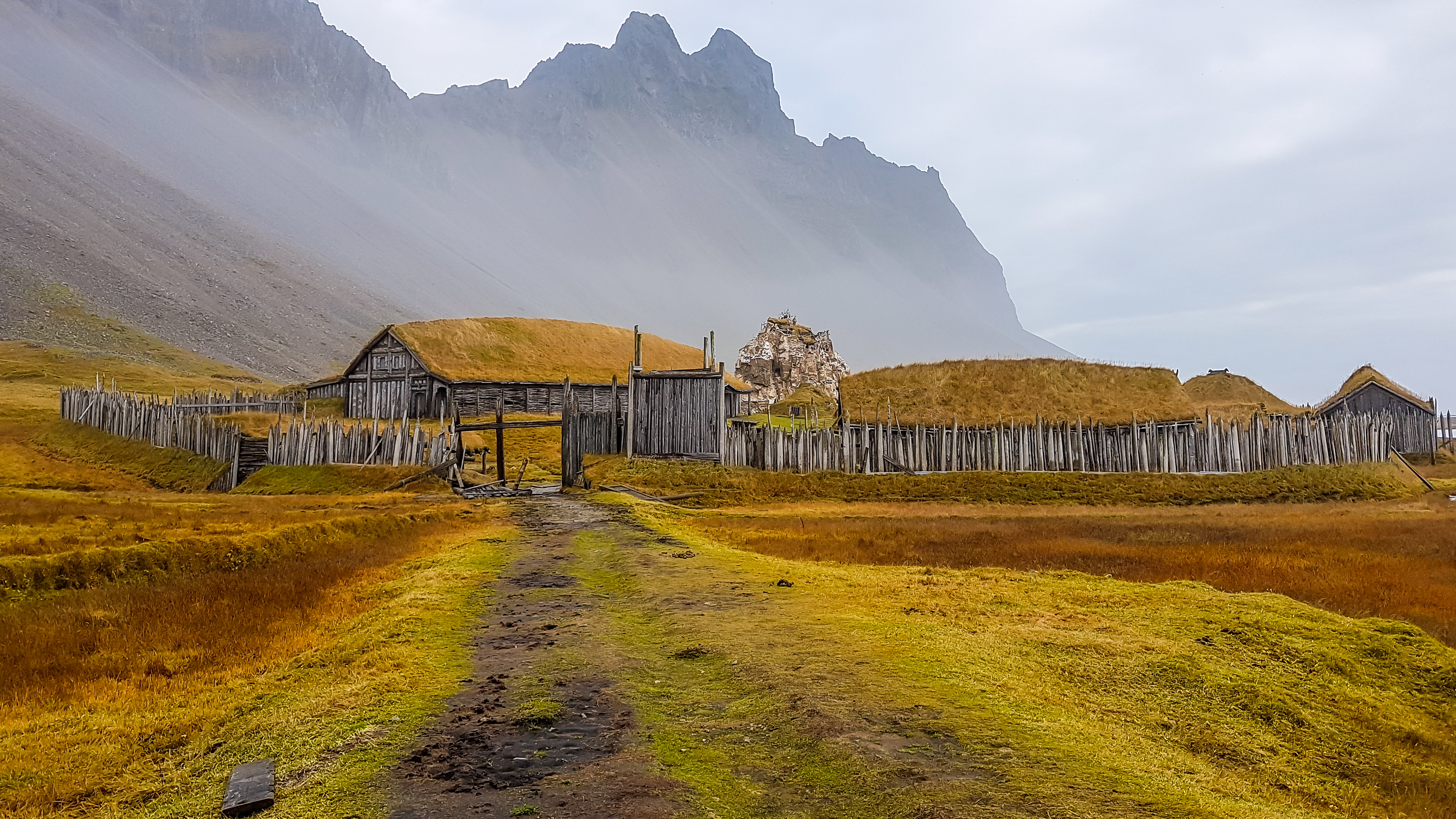
Extensive digging has been done at a small village of Vorbasse in central Jutland in Denmark. Else Roesdahl describes what was learned in The Vikings.
The village had 7 separate farms, one of which was much larger than the others.
The 6 smaller houses were large enough that they had stalls for between 20 and 30 animals. The houses were about 90 feet long.
The largest house had stall space for around 100 animals. Obviously that Dane was wealthy.
At the time Scandinavians had their animals live in their house.
Keep in mind having one more or one less cow could mean the difference between your family making it through the winter or several members of your family dying of starvation. Obviously all the families were quite well off.
These houses were dug several feet into the ground. In addition to being easier to build, author points out this means the houses would be cooler in the summer and easier to keep warm in the winter.
The people in this village were living far above subsistence level. This is readily shown by the number of animals each family owned. In addition, author reports many luxury goods were on site. To have the funds to buy such items, each family was generating surplus production, quite some distance above subsistence.
Digging shows the richer farm owner had craftsmen on site making items.
Another interesting tidbit is the animals in the Viking age were smaller than today. How is this known? Researchers studying the size of animal bones found in waste piles were smaller than animals today.